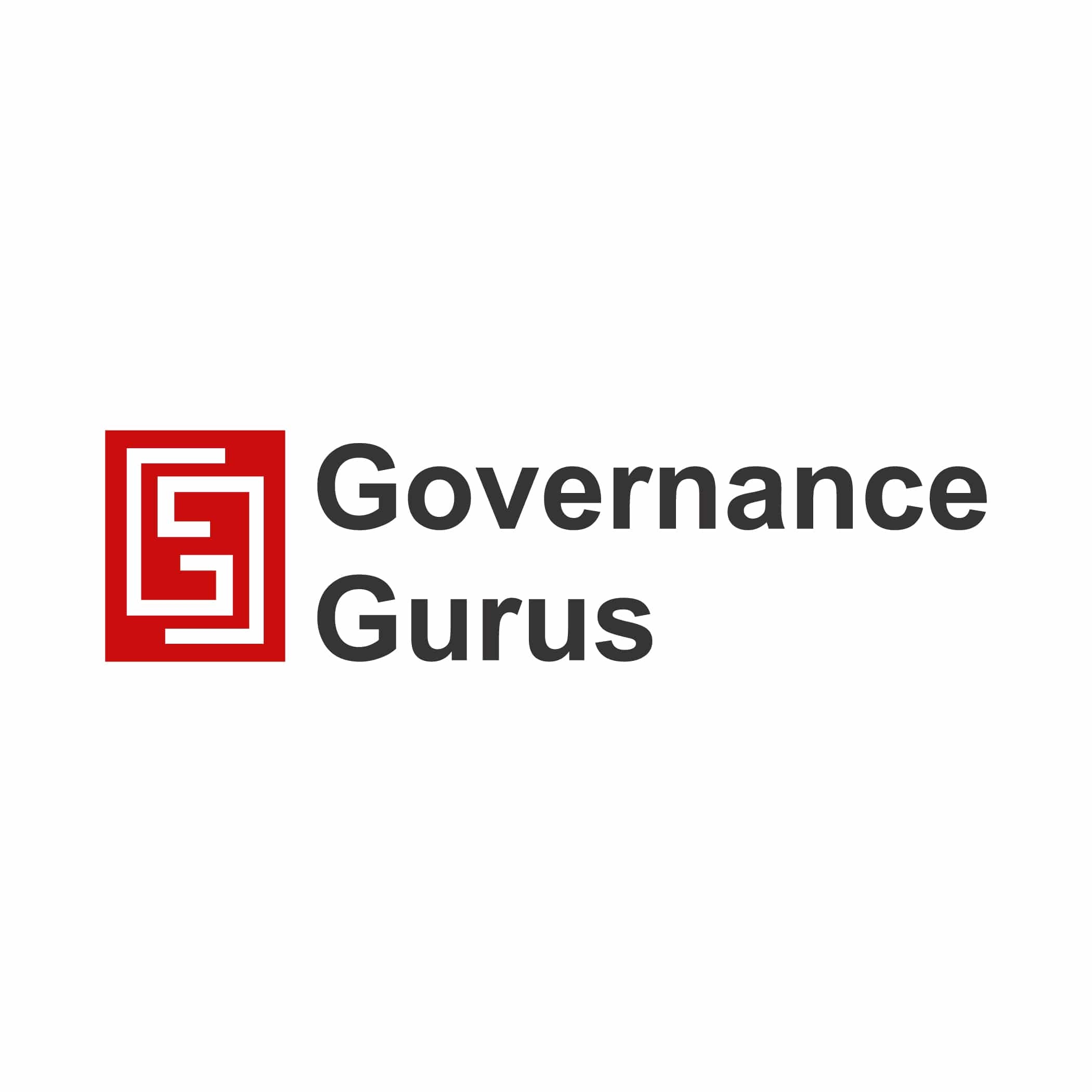
5 steps to improved ESG
Environmental social governance, sometimes known as ESG, is a set of guidelines that businesses are expected to follow regarding how their operations affect the surrounding community, how they handle their finances, and other aspects of corporate governance.
In recent years, environmental, social, and governance (ESG) considerations have been given a higher priority in the corporate sector because of an increased emphasis on holding corporations responsible for the global and societal effects of their operations.
Later in this blog you will see the 5 steps to improved ESG oversight and reporting. Reporting is one of the most essential parts of environmental, social, and governance (ESG). It is expected of businesses to report on their environmental, social, and governance (ESG) activities on a regular basis, with transparency and accuracy.
ESG reporting and standards our 5 steps to improved ESG
Reporting on ESG indicators gives stakeholders, such as investors, employees, and consumers, a better understanding of the influence an organisation has on the world.
In recent years, there has been a movement toward standardised environmental, social, and governance (ESG) reporting. Frameworks for ESG reporting have been developed by organisations like as the Global Reporting Initiative (GRI) and the Sustainability Accounting Criteria Board (SASB) to ensure that businesses are reporting on the same metrics and standards as one another.
ESG reporting will be easier to compare amongst organisations as a result of the consistency brought about by these frameworks, which offer businesses with a model to follow. It will also mean that organisations which are not focused on sustainability will be head to account and less likely to be able to hack the data using carbon offsetting or greenwashing. By using the 5 steps to improved ESG your organisation can strengthen and enhance their ESG framework.
5 steps to improved ESG for enhanced environmental social governance compliance
However, the ultimate duty for ensuring ESG compliance lies with the board of directors, regardless of whether standardised reporting standards are in place. A company’s shareholders, employees, and other stakeholders have the right to expect the board of directors to operate in a manner that is in their best interests. This involves making certain that the company is complying with ESG guidelines and appropriately reporting on its impact.
If an organisation is unable to maintain acceptable environmental, social, and governance practises, the board of directors may be held responsible. This encompasses both legal and financial repercussions, in addition to damage to one’s reputation. Will your board take the 5 steps to improved ESG?
As a result, it is absolutely necessary for the board of directors to take ESG seriously and to take measures to guarantee that the company is in compliance with ESG standards.

5 steps to improved ESG monitoring and reporting
Our 5 steps to improved ESG compliance with environmental, social, and governance standards can be assumed by boards in a number of different ways:
- They can establish ESG committees, which are able to monitor the ESG practises and reporting of the company. The ESG committee can monitor whether or not the company is complying with ESG standards and whether or not its reporting is accurate and transparent.
- The board of directors can devise performance measures for environmental, social, and governance procedures and reports. By doing so, the organisation can ensure that it is making progress toward its ESG targets and that the information it reports is accurate.
- Set corporate objectives and KPIs around ESG elements.
- Remuneration and bonuses for the CEO and the C-suite based on successfully increasing the positive score/ranking based on agreed ESG standards/frameworks.
- Monitoring any ESG non-compliance and near misses and adopt revised or strengthened controls to mitigate or minimise risks aligned with the board’s risk appetite.
These 5 steps to improved ESG will help any organisation build a robust ESG corporate culture.
At long last, the board can hold the executive team accountable for complying with ESG standards. This includes making sure that environmental, social, and governance (ESG) compliance is incorporated into the overall strategy of the organisation and linking CEO and other senior executives pay to ESG success.
ESG is becoming an increasingly significant facet of business, and organisations are obligated to treat it with the seriousness it deserves. Standardized reporting frameworks offer businesses a roadmap to follow, but it is ultimately the board of directors’ obligation to ensure that the company complies with all applicable regulations.
Boards of directors can verify that their companies are complying with ESG standards and reporting correctly on their impact by establishing ESG committees, performance indicators, and keeping the management team accountable for their actions.

Environmental, social, and governance reporting
By using our 5 steps to improved ESG you can enhance your board’s monitoring and reporting.
Reporting on environmental, social, and governance factors has emerged in recent years as an essential component of corporate responsibility. Investors, employees, and consumers are demanding greater transparency and responsibility from businesses as the world becomes more conscious of the influence that enterprises have on the environment and society.
Frameworks for environmental, social, and governance (ESG) reporting have been developed by organisations like as the Global Reporting Initiative (GRI) and the Sustainability Accounting Standards Board (SASB) in response to this need. These frameworks offer organisations guidance on how to report on their ESG policies in a consistent manner, which makes it simpler for stakeholders and regulators to compare and comprehend the impact that a company has.
Since 1997, the Global Reporting Initiative (GRI), an international organisation, has been working to set standards for reporting on sustainability. Their methodology offers a comprehensive approach to sustainability reporting, including a wide range of themes including anti-corruption measures, labour practises, human rights, and environmental impacts.
Core, comprehensive, and materiality are the three levels of reporting that are included in the GRI framework. Disclosures about basic environmental impact are included in the core level, while more in-depth disclosures are included in the comprehensive level. Materiality reporting is a type of sustainability reporting that focuses on a company’s most pressing environmental, social, and governance concerns, as assessed by stakeholder involvement and other considerations.
On the other hand, the SASB is primarily concerned with ESG reporting that is particular to certain industries. Their approach encompasses 77 different industries and offers reporting criteria on the ESG issues that are most significant for each of those businesses.
With this method, businesses can report on the environmental, social, and governance (ESG) metrics that are most pertinent to their sector, and stakeholders are given industry-specific benchmarks to evaluate their performance against.
Implementing an environmental, social, and governance framework
Before an organisation can begin to implement these principles, it must first have a solid understanding of the environmental, social, and governance (ESG) consequences and risks it faces.
In order to accomplish this, it is necessary to conduct an exhaustive analysis of the business’s operations, supply chain, and interactions with various stakeholders.
Companies are required to engage in dialogue with stakeholders and regulators in order to have an understanding of the expectations and concerns they have regarding ESG issues.
When a corporation has determined which of its ESG impacts and risks are the most serious, it can utilise either the GRI or the SASB framework to report on these issues. Guidelines for reporting on ESG metrics, such as greenhouse gas emissions, employee turnover, and board diversity, are provided by the frameworks.
Additionally, businesses have a responsibility to ensure the accuracy and openness of their ESG reporting. This necessitates the implementation of rigorous data collection and reporting procedures, in addition to routine checks to ensure that the data are accurate.
Businesses ought to make use of their ESG reporting in order to drive improvements in the ESG performance of their organisations. This necessitates the establishment of targets and goals for ESG performance, the monitoring of progress towards these goals, and the provision of consistent reporting on the status of this progress to various stakeholders.
Using GRI and SASB ESG frameworks for improved reporting
Reporting on environmental, social, and governance factors is an essential element of corporate responsibility in the modern world.
The GRI and SASB frameworks offer firms guidelines on how to report on their environmental, social, and governance (ESG) policies in a standardised manner. This makes it simpler for stakeholders to comprehend the influence that a company has.
In order for businesses to successfully implement these frameworks, they must first fully comprehend their ESG impacts and risks, actively communicate with relevant stakeholders, and guarantee that their reporting is both accurate and open.
Companies are able to meet the expectations of their stakeholders and contribute to a more sustainable future if they use ESG reporting as a tool to promote changes in their ESG performance.

Avoiding carbon offsetting and greenwashing to improve ESG rankings
Some businesses, in response to the growing amount of pressure they are under to improve their environmental, social, and governance (ESG) scores, have begun to engage in practises such as carbon offsetting and greenwashing to raise their ratings without having to make significant adjustments to the way they conduct business.
Carbon offsetting is a method that businesses can employ to make amends for the greenhouse gas emissions that they are responsible for by funding initiatives in other locations that work to cut emissions. For instance, in order to compensate for the emissions caused by its operations, a firm can decide to purchase carbon credits from a wind farm project.
Although carbon offsetting has the potential to be a useful tool in the battle against climate change, it is not a suitable replacement for cutting emissions at their original point of production.
Unfortunately, some businesses use carbon offsetting as a means to claim they are taking action on climate change without actually reducing the amount of greenhouse gases they emit into the atmosphere.
This practise is known as greenwashing, which refers to making claims about a company’s environmental credentials that are either untrue or overstated in order to attract customers and investors. Greenwashing can take many different forms, including as utilising labels that are intentionally deceptive or making general assertions about environmental sustainability without offering any concrete evidence.
A company’s environmental, social, and governance rankings can be falsely inflated through the use of carbon offsetting as well as greenwashing.
ESG rating firms may award high scores to businesses who acquire carbon credits or make sustainability claims without first evaluating whether or not the businesses are truly taking steps to reduce their negative effects on the environment. Are these businesses really sustainable?
This is a concern because it lowers the credibility of ESG scores and makes it more difficult for stakeholders to believe the sustainability promises made by organisations. Additionally, it enables businesses to carry on as usual without making the required adjustments to lessen the negative effects their operations have on the environment.
To find a solution to this problem, many stakeholders should look further than a company’s ESG rankings and investigate their actual impact on the environment.
This requires looking at facts, namely, the company’s greenhouse gas emissions, water usage, and trash output, and considering whether the organisation is taking substantial actions to mitigate the impacts of these factors.
Additionally, stakeholders may ask for independent verification of a company’s assertions regarding its commitment to sustainability. For instance, they are able to determine whether or not a company’s carbon offsets have been verified and approved by a credible standard such as the Verified Carbon Standard or the Gold Standard.
Moreover, they have the option of searching for third-party certifications, such as the Forest Stewardship Council (FSC) accreditation for sustainable forestry.
To conclude, businesses that try to improve their environmental, social, and governance (ESG) scores by engaging in practises such as carbon offsetting and greenwashing do not have a genuine commitment to sustainability.
To guarantee that a firm is indeed making significant strides toward a more sustainable future, stakeholders need to dig farther than a company’s ESG score and investigate the actual environmental effect and sustainability policies of the business in question. Stakeholders have the power to assist drive meaningful change and build a better world for future generations if they demand accountability from businesses for the sustainability claims they make.
If you require professional assistance with your board ESG framework or want to implement our 5 steps to improved ESG please contact us by emailing [email protected] or give us a call at +971(0)4387 3554 for a confidential conversation on the board evaluation benefits and the value we add to this process.
Scan the QR code to join our leadership, governance and ESG newsletter.




